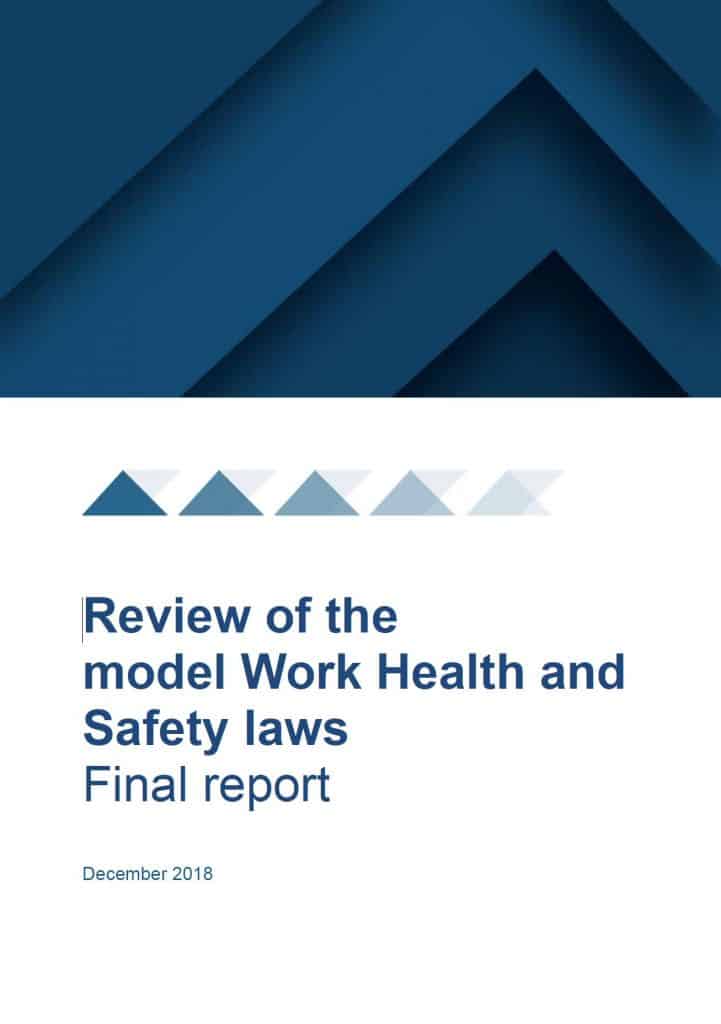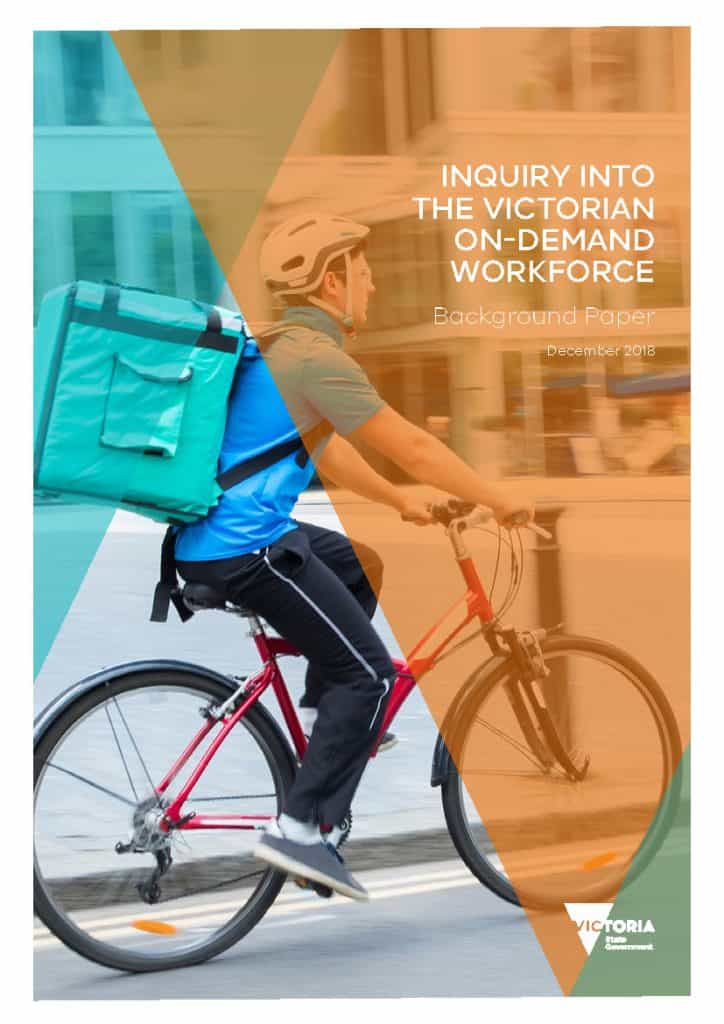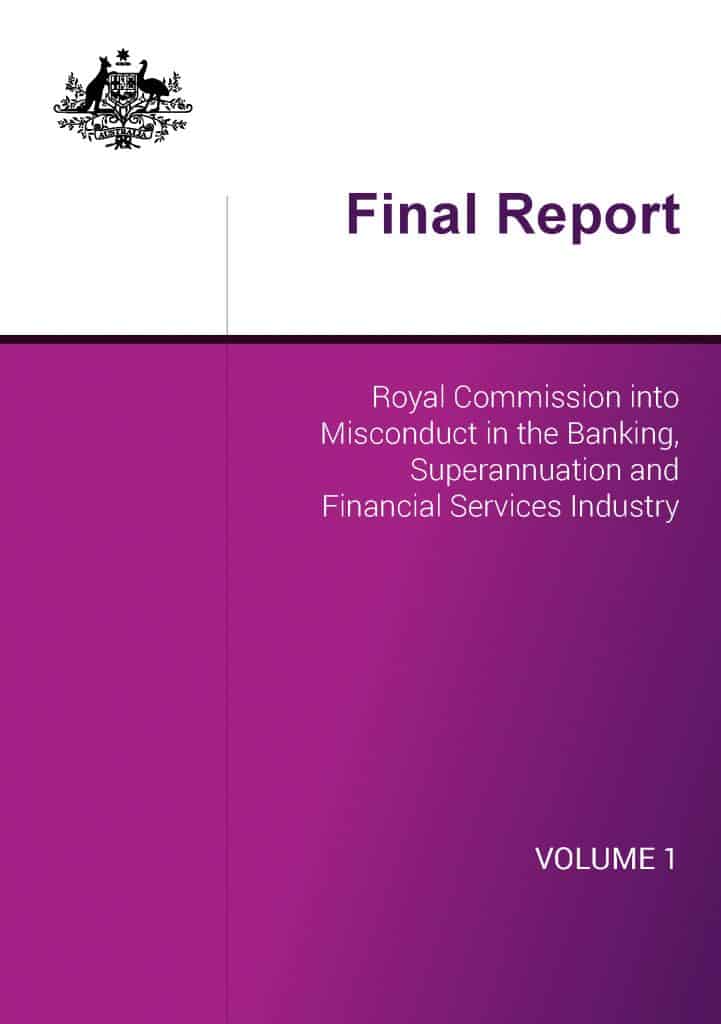
The Australian Government has released the final report of the Independent Review of its Work Health and Safety (WHS) laws, conducted by Marie Boland. Importantly, the Government has not issued its response yet and, given that there is a Federal Election in a couple of months’ time, is unlikely to. Why have another issue complicate the campaign particularly when that response may have to address Industrial Manslaughter laws which would focus on the accountability of business leaders? This Government has already been bruised on a similar issue through a Banking and Finance Royal Commission.
Regardless of this Government’s future treatment of the Boland Report, the report does progress occupational health and safety (OHS) and the operation of the WHS laws, reinforcing some aspects and challenging other. It is obligatory reading for those interested in OHS in Australia.
(SafetyAtWorkBlog is preparing an exclusive interview with Marie Boland for next week)





